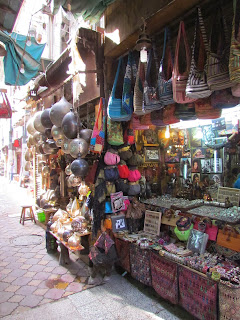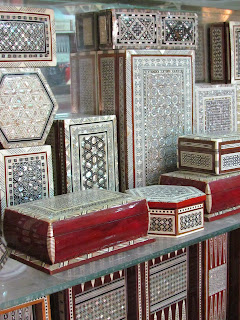To many cars,
and slow moving traffic.
Hanging out the window of the car,
I manage to capture
a little of this very colorful life.
I manage to capture
a little of this very colorful life.
and vegetables at the road side,
their local market or at the souq.
Cauliflower on its way to the market,
nicely stacked on the back of a truck.
Others prefer a cart pulled by a donkey.
I am always amazed how simple it looks
to carry your groceries on top of the head.
nicely stacked on the back of a truck.
Others prefer a cart pulled by a donkey.
I am always amazed how simple it looks
to carry your groceries on top of the head.
"Sheep farming"
and are sold for their hide, wool and meat.
They seam to be used to the used to the commotion,
keeping calm away from the cars.
This fiddler is selling his homemade
music instruments.
He walks up and down the streets
playing his fiddle to get attention,
hoping for a sale.
They have a high pitch tone
They seam to be used to the used to the commotion,
keeping calm away from the cars.
This fiddler is selling his homemade
music instruments.
He walks up and down the streets
playing his fiddle to get attention,
hoping for a sale.
They have a high pitch tone
so he can be heard from a long distance.
Have a good evening!
Have a good evening!




















































.jpg)





























